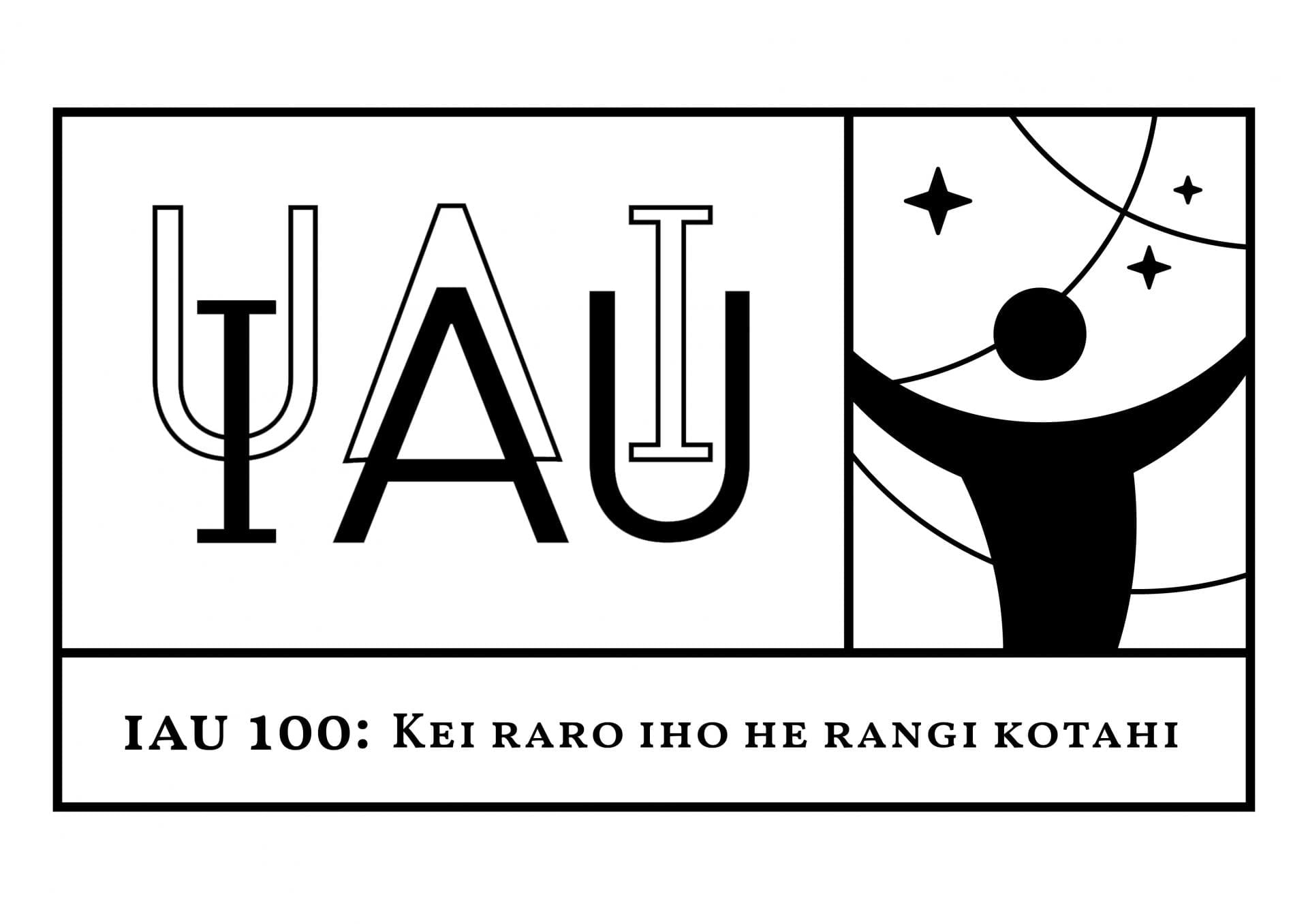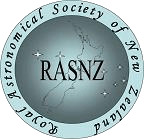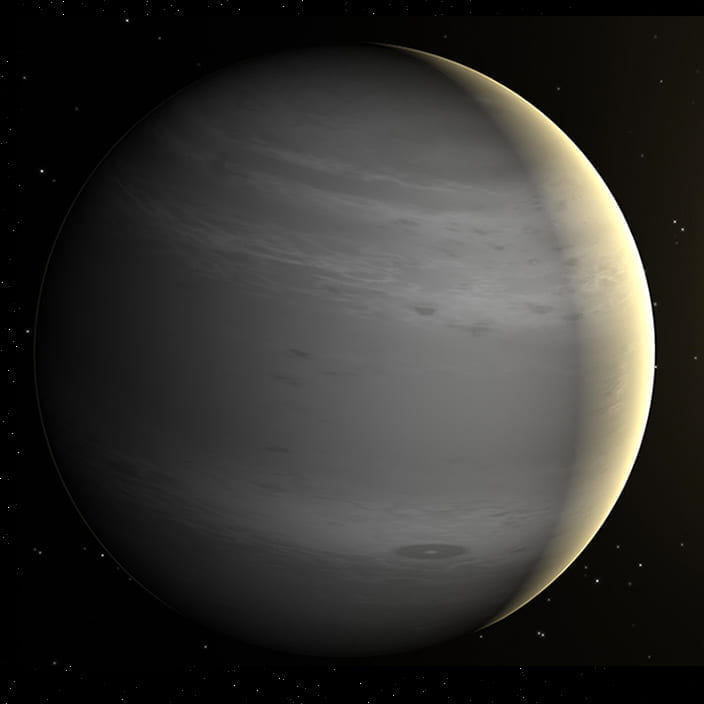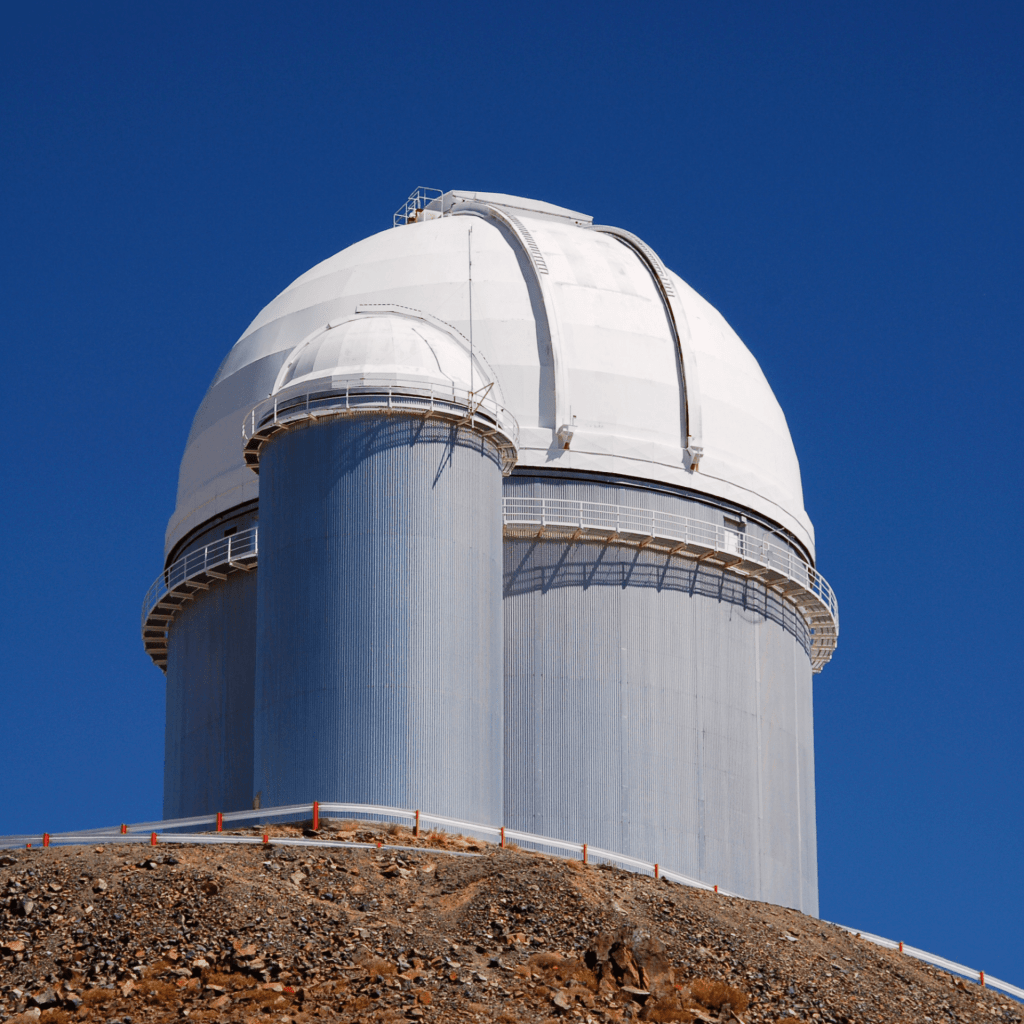Name a planet
There’s a planet orbiting a distant star and
it’s waiting for someone in New Zealand to give it a new name.




We’re excited to announce that the winners of the New Zealand Name Exoworlds competition have now been officially announced by the IAU.
Exoplanet HD 137388b has been officially renamed “Kererū”, with its orange dwarf host star HD 137388 named “Karaka”.
Congratulations to Jamie Anderson from Nelson who submitted the star name “Karaka”, along with Hugh Williams (Lower Hutt) who submitted both “Karaka” for the star and “Kererū” for the planet.
The judging panel chose these winners because of their similarities with the planet and star. Karaka, an endemic plant producing a bright orange fleshy fruit, has a symbiotic relationship with the Kererū, a large native bush pigeon. The Karaka provides food to the Kererū, who disperses the seeds.
The judging panel concluded that the Kererū flying around the Karaka was a great way of describing the nature of the planet orbiting the star.
Around 150 submissions were received from the public as part of our competition, and we’d like to thank everyone who participated in this campaign.

In celebration of 100 years of the International Astronomical Union, the IAU NameExoWorld global competition allows any country in the world to give a popular name to a selected exoplanet and its host star.
New Zealand has been assigned the planet HD 137388b and its host star HD 137388 and we need your help in choosing names!
You can make a submission here between 1 September 2019 and 30 September 2019 (5:00 p.m. NZST).
A panel of judges will select the name of the star and the planet by 30 October 2019 and will make its submission to the IAU by the 31 October 2019. IAU will make it’s final announcement in by 31 December 2019. The winner will then be notified via email.
Please note that entries can only be accepted from people living in NZ during the time of the submission.
Learn more and make a submission below.
Questions? Contact us


The planet HD 137388b is in a system with an orange dwarf star in the constellation Apus identified as HD 137388, and is 132 light years from Earth.
According to NASA, exoplanet HD 137388 b is a gas giant, with a mass of 0.2 Jupiters. It takes 330 days to complete one orbit of its star, and is 0.89 astronomical units (the average distance between Earth and our Sun) from its star. Its discovery was announced in 2011.
HD 137388 b was found with the European High Accuracy Radial Velocity Planet Searcher (HARPS), at the European Southern Observatory La Silla 3.6m telescope (pictured), which is dedicated to the discovery of extrasolar planets
